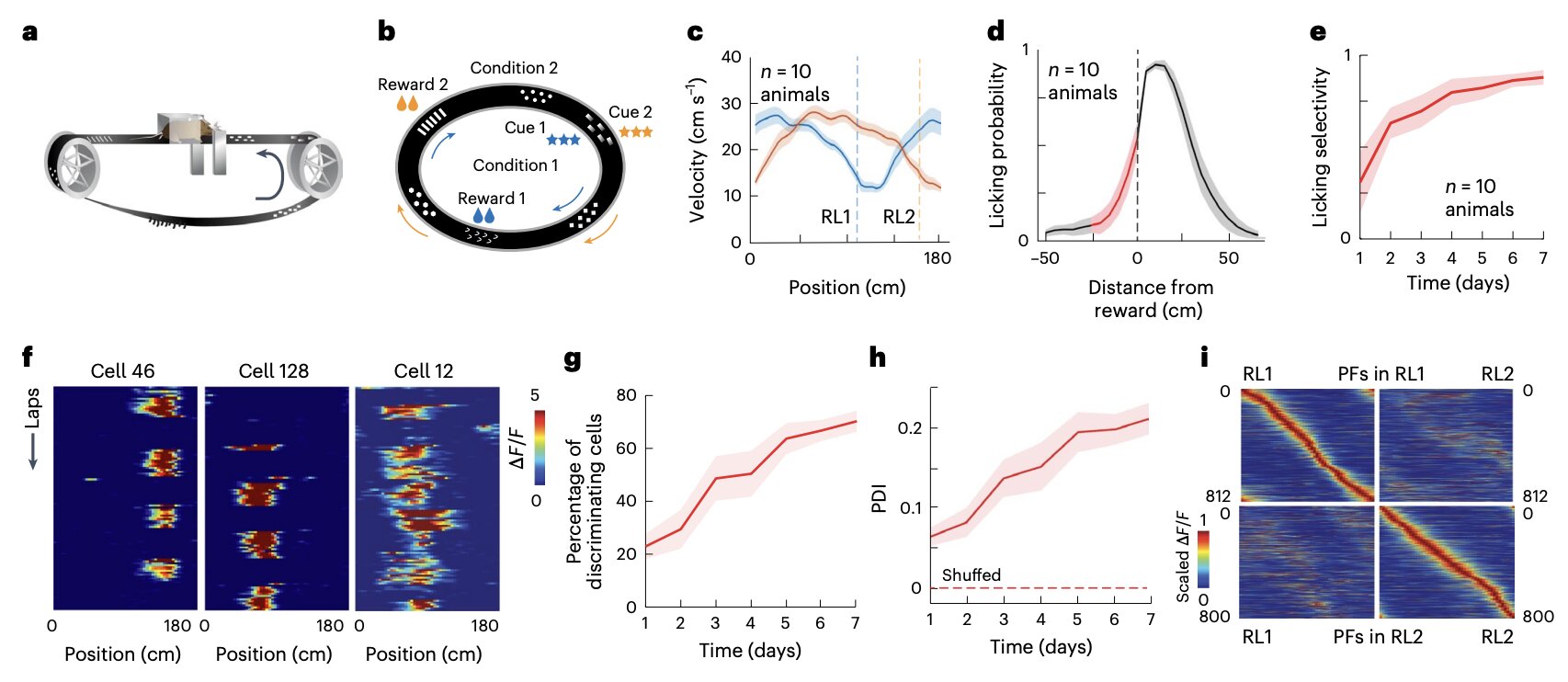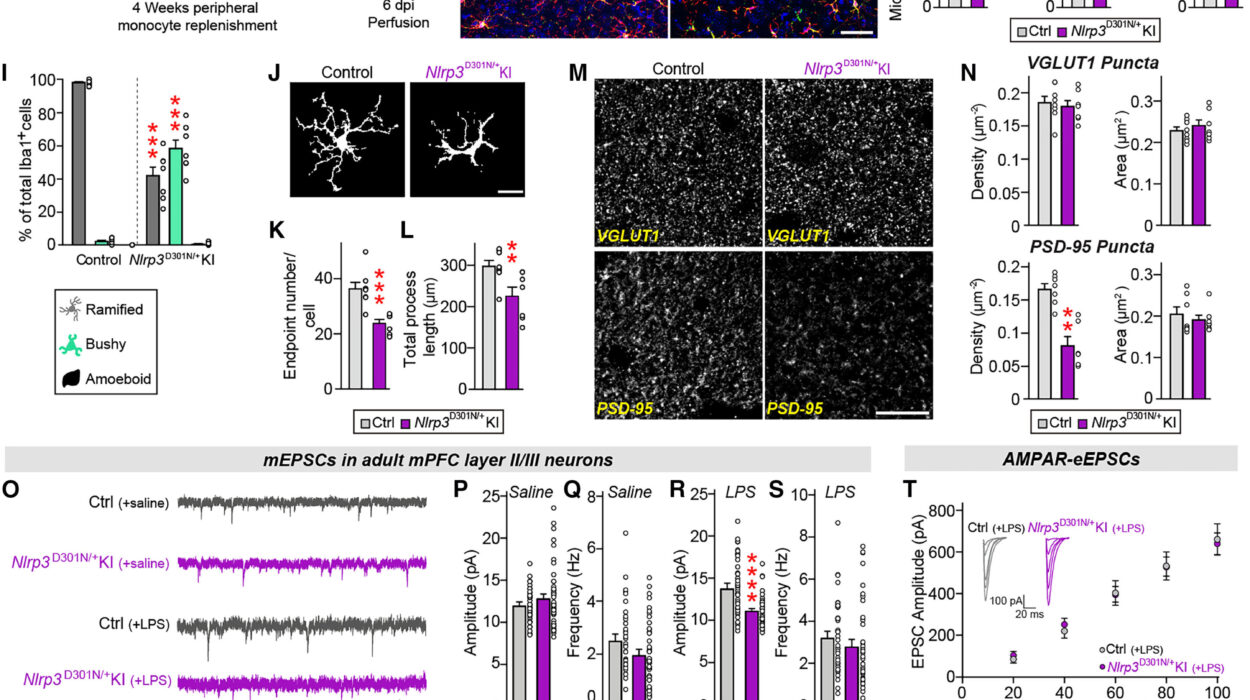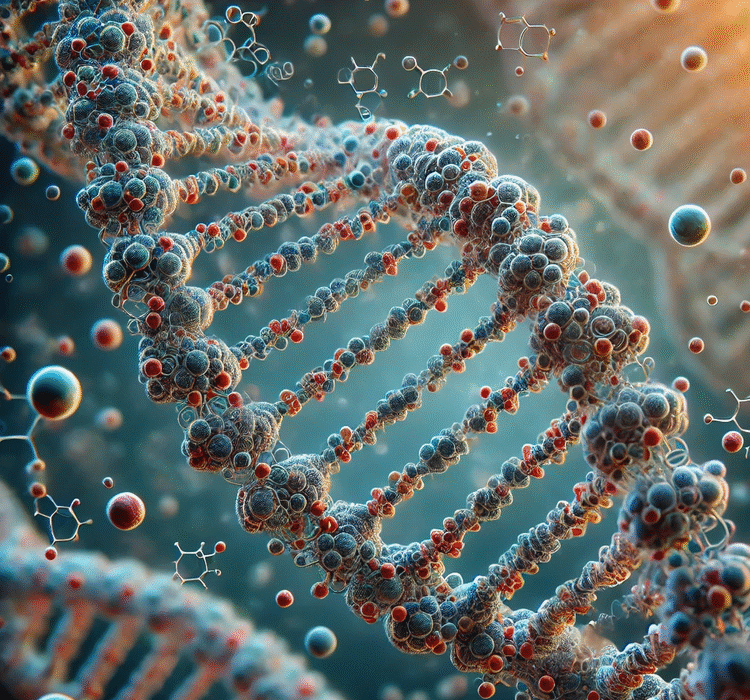Each time you remember your first day of school or learn something new—like a colleague’s name or how to unlock a new feature on your phone—your brain performs an extraordinary balancing act. It stores the new information without erasing the old. It grows and adapts, yet somehow preserves what matters.
For decades, scientists have marveled at this mystery. How does the brain continue to learn while protecting past memories? How does it avoid the mental equivalent of writing over an old file on a hard drive?
Now, a team of researchers at Baylor College of Medicine has moved us one step closer to understanding this marvel of nature. In a new study published in Nature Neuroscience, the team uncovered how specific brain cells in the hippocampus—the brain’s memory hub—can form new memories without overwriting older ones.
Their research, carried out in mice, shows that the key lies not in preserving the connections between neurons as rigid, unchanging structures, but in making them dynamic and flexible through a process called synaptic plasticity. This discovery could illuminate not only how our brains work but also help guide the development of future treatments for memory disorders—and even smarter artificial intelligence.
A Window Into the Brain’s Memory Center
To unlock the brain’s secrets, lead researchers Sachin P. Vaidya, Guanchun Li, and their colleagues focused on a very special group of neurons called place cells. These are found in a region of the hippocampus known as CA1. Place cells fire when an animal is in—or thinking about—a specific location. In a sense, they form part of the brain’s internal map.
Using cutting-edge technology known as calcium imaging, the team implanted tiny microscopes into the brains of adult mice. This allowed them to observe when individual neurons lit up in real time as the mice navigated a task on a treadmill.
The task required the animals to learn a simple behavioral rule: run on a treadmill, respond to light cues, and earn water rewards. Over seven days, the scientists watched what happened in the mice’s brains as they progressed from confusion to mastery.
What they saw was remarkable.
Stable Cells, Flexible Connections
As the mice learned the task, some place cells in their hippocampus began to show increasing stability. Day by day, the same cells lit up when the mice returned to familiar spots. These stable neurons didn’t just persist—they appeared to be the foundation of memory for the learned behavior.
But here’s the twist: while the cells themselves were stable, the connections between them were not. Instead of relying on static networks, the brain relied on a process called Behavioral Timescale Synaptic Plasticity (BTSP)—a fast, adaptive form of synaptic change that rewires connections as needed.
Each time the mice practiced the task, the same cells were activated—but their synapses (the communication points between neurons) were reshaped to reinforce the learning. It’s as if the brain kept the actors but changed the scripts depending on the day’s performance.
“We found evidence of memory formation as both the number of place cells maintaining a stable place field and the stability of individual cells progressively increased across the week,” the researchers wrote. “Stable cells disproportionately represented task-related learned information and were retrieved earlier within a behavioral session.”
How the Brain Balances Old and New
This dynamic memory process—keeping key cells stable while continually reshaping the connections between them—explains how the brain avoids the so-called catastrophic forgetting problem. It doesn’t lock in every detail permanently. Instead, it makes learning a continuous, evolving process.
Think of your memory as a city. The important landmarks—like your home or school—remain in place, but the roads and pathways around them are constantly rerouted to optimize traffic. This ensures that you can find your way to new destinations without forgetting how to get back home.
In computational terms, this approach differs from the way most computers or AI systems currently work. They tend to overwrite old data with new, unless they’re carefully programmed not to. The brain, on the other hand, seems to build memory like a living organism—layer by layer, without tearing down the old structure.
Why This Matters for Medicine and Machines
The implications of this research go beyond basic neuroscience. For one, understanding how the brain protects old memories while forming new ones could offer powerful insights into Alzheimer’s disease, age-related memory decline, and other cognitive disorders.
If future treatments could mimic the brain’s ability to selectively stabilize key neurons while promoting flexible plasticity in others, we might be able to prevent or slow memory loss in vulnerable individuals.
Secondly, the research offers inspiration for artificial intelligence and machine learning. AI systems often struggle with “catastrophic forgetting”—when learning something new, they lose performance on tasks they previously mastered. By modeling algorithms on the brain’s balance between stable neurons and flexible synapses, engineers could build systems that learn more like humans: resilient, adaptive, and lifelong.
A Blueprint for Lifelong Learning
The study also lends support to the idea that practice strengthens memory not by hardening neural pathways, but by fine-tuning their flexibility. Every time we revisit a memory, it’s not like opening a file—we’re rebuilding it, reinforcing it, updating it with context and meaning.
Even in animals as small as mice, this process is elegant and precise. A small set of neurons becomes increasingly specialized for important tasks. With every repetition, their role solidifies—not through rigid encoding, but through dynamic reconfiguration.
“Further experimental evidence supported by a cascade-type state model indicates that CA1 place cells increase their stability each day they are active,” the authors noted, “eventually forming a highly stable population.”
It’s a beautiful paradox: memory, the very thing that grounds our identity, is never static. It is sculpted anew each day, never overwritten but always evolving.
Memory as a Living Story
This study paints a compelling picture of memory—not as data stored in locked vaults, but as a living story retold through the ongoing dance of neurons and synapses. We remember by rewiring. We grow by adapting. And we never truly lose our past; we weave it into everything we learn.
With every step forward in neuroscience like this one, we get a little closer to understanding what makes memory—and consciousness itself—so enduring, and so deeply human.
Reference: Sachin P. Vaidya et al, Formation of an expanding memory representation in the hippocampus, Nature Neuroscience (2025). DOI: 10.1038/s41593-025-01986-3






